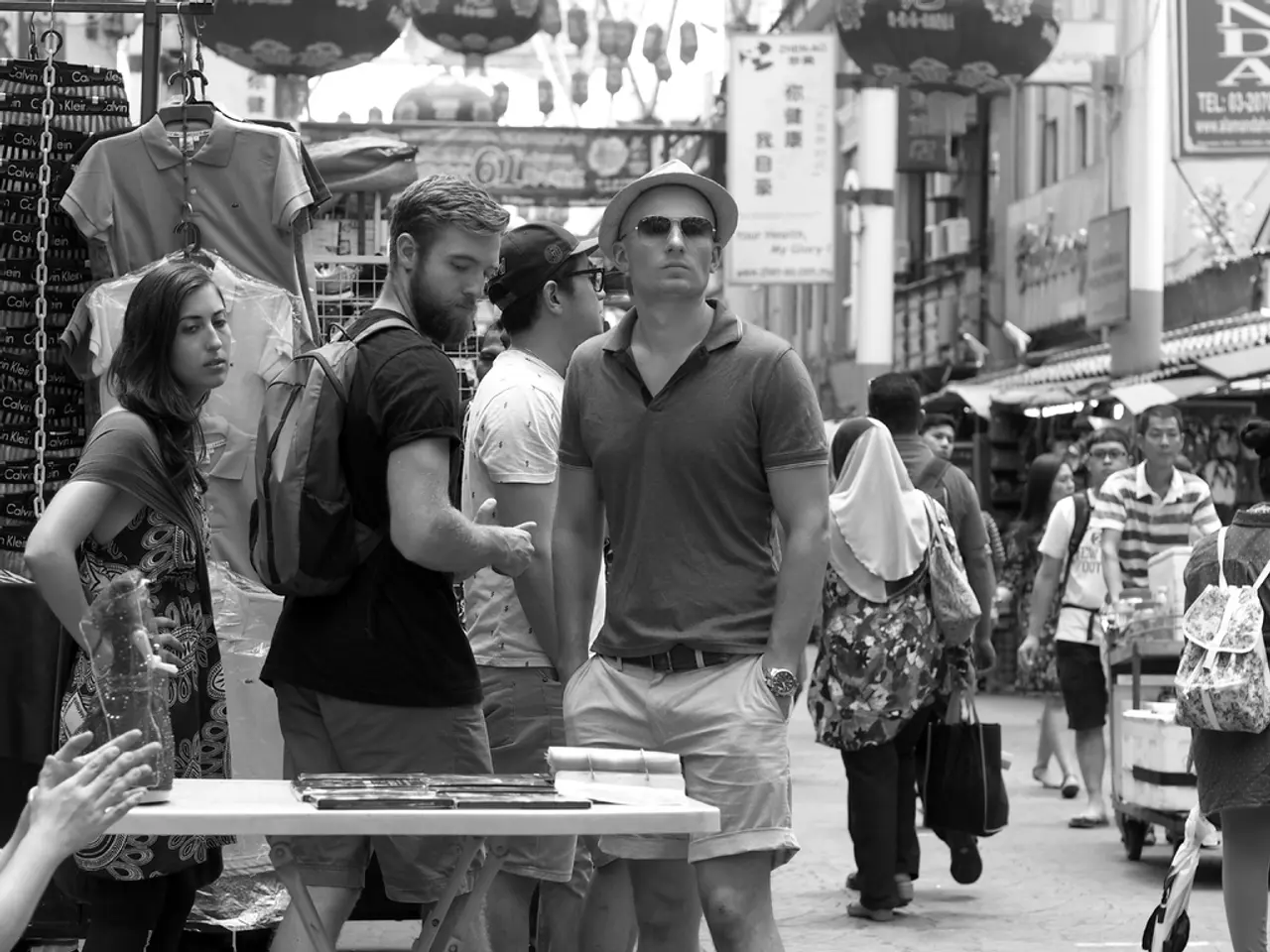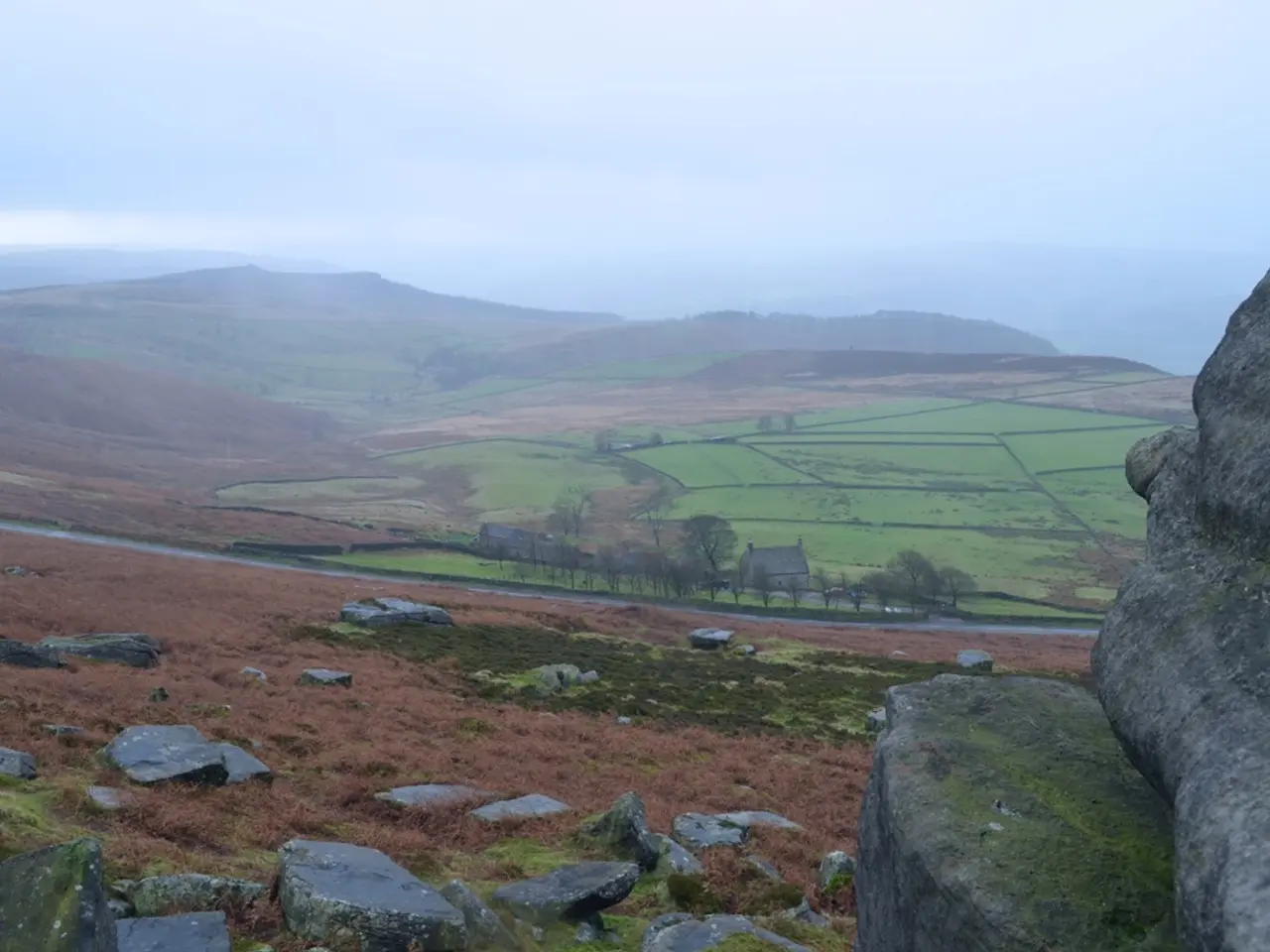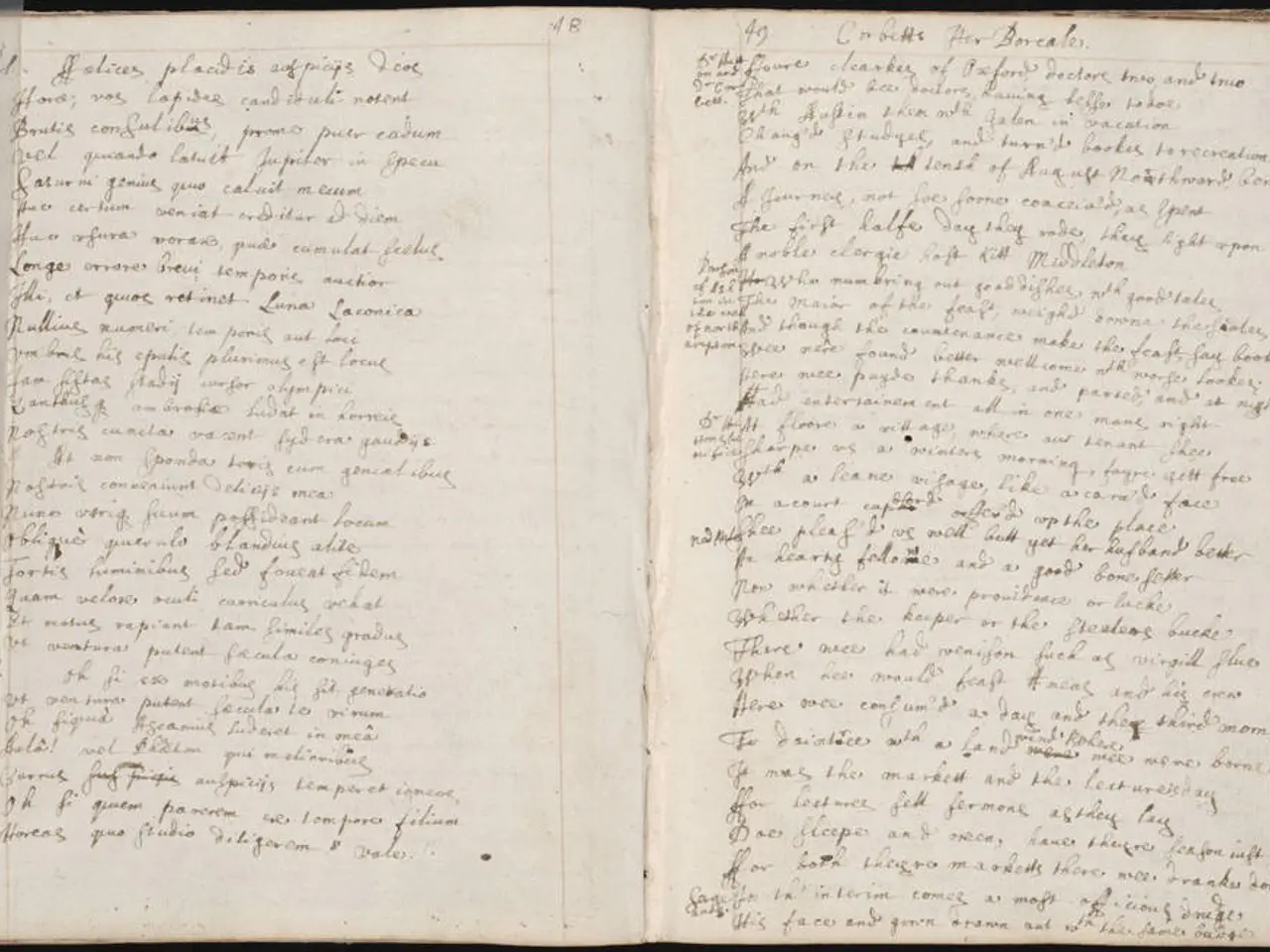Delving into the Pulse of Flushing's Main Street: Investigating its Influence and Extent
In the heart of Queens, New York, Flushing Main Street stands as a testament to the city's rich history and diverse culture. Established by Dutch settlers in the 17th century, Flushing was known for its cultural diversity and religious freedom, as seen in the bold act of defiance known as the Flushing Remonstrance[1].
Over the centuries, Flushing remained largely residential and suburban, home to working-class families and small local businesses. However, the significant transformation of Flushing Main Street into a bustling commercial and cultural hub began in the 20th century, particularly after the Immigration and Nationality Act of 1965[2]. This legislation removed restrictive quotas on non-European immigration, leading to a large influx of Korean and Chinese immigrants who established businesses such as restaurants, grocery stores, and medical offices along Main Street. This immigrant wave turned Flushing into one of New York City's most vibrant multicultural centers[3].
The Flushing–Main Street subway station, opened in 1928 as the terminus of the IRT Flushing Line, connects Flushing directly to Manhattan[4]. During its planning in the early 20th century, community members advocated for the subway to be built underground to preserve the area's quality of life and property values, reflecting Flushing’s concern over urban development impacts[5].
Today, Flushing Main Street continues to thrive as a commercial district with a mix of traditional and modern Asian shopping malls, restaurants, and cultural institutions, catering to the growing immigrant population and broader community[3]. Main Street is a hub for various shops, including hair salons, cell phone shops, tutoring centers, and acupuncture clinics. The Queens Public Library at Flushing serves as an essential resource for families, students, and seniors[6]. The Long Island Rail Road (LIRR) station is located near the library, connecting all four counties of Long Island[6].
The area is home to John Bowne High School and Flushing High School, and its atmosphere reflects its function: dense, active, and local[7]. Crowds of people move in every direction, including commuters, families, and friends. Buses and cars honk as they move through the narrow streets and tight intersections[7].
Main Street is deeply embedded in the day-to-day life and function of the city, with banks, supermarkets, and the U.S. Post Office located nearby[7]. Developments like Tangram and SkyView Center, located a few blocks away from Main Street, have added modern shopping spaces to the neighborhood[8].
In recent years, Flushing Main Street has continued to evolve, preserving and reinventing traditions while embracing modernity. It remains a hub that connects people culturally and physically, extending its influence beyond its actual borders[8].
References: 1. The Flushing Remonstrance 2. Flushing, Queens 3. Flushing, Queens 4. Flushing–Main Street subway station 5. Flushing, Queens 6. Queens Public Library at Flushing 7. Flushing, Queens 8. Tangram and SkyView Center
- The diverse history of Flushing, New York, featuring the Flushing Remonstrance, is showcased along its bustling Main Street, which also showcases a mix of modern Asian shopping malls, restaurants, and cultural institutions.
- The Flushing–Main Street subway station, a historical landmark opened in 1928, connects the vibrant district to Manhattan and reflects Flushing’s long-standing concern over urban development impacts.
- Flushing Main Street is more than just a commercial hub; it's a cultural center that provides essential resources like the Queens Public Library, serving families, students, and seniors, and the Long Island Rail Road station, connecting all four counties of Long Island.
- Today, Flushing Main Street continues to preserve and reinvent traditions, embracing modernity and expanding its cultural and physical connections beyond its actual borders, with modern shopping spaces like Tangram and SkyView Center nearby.




